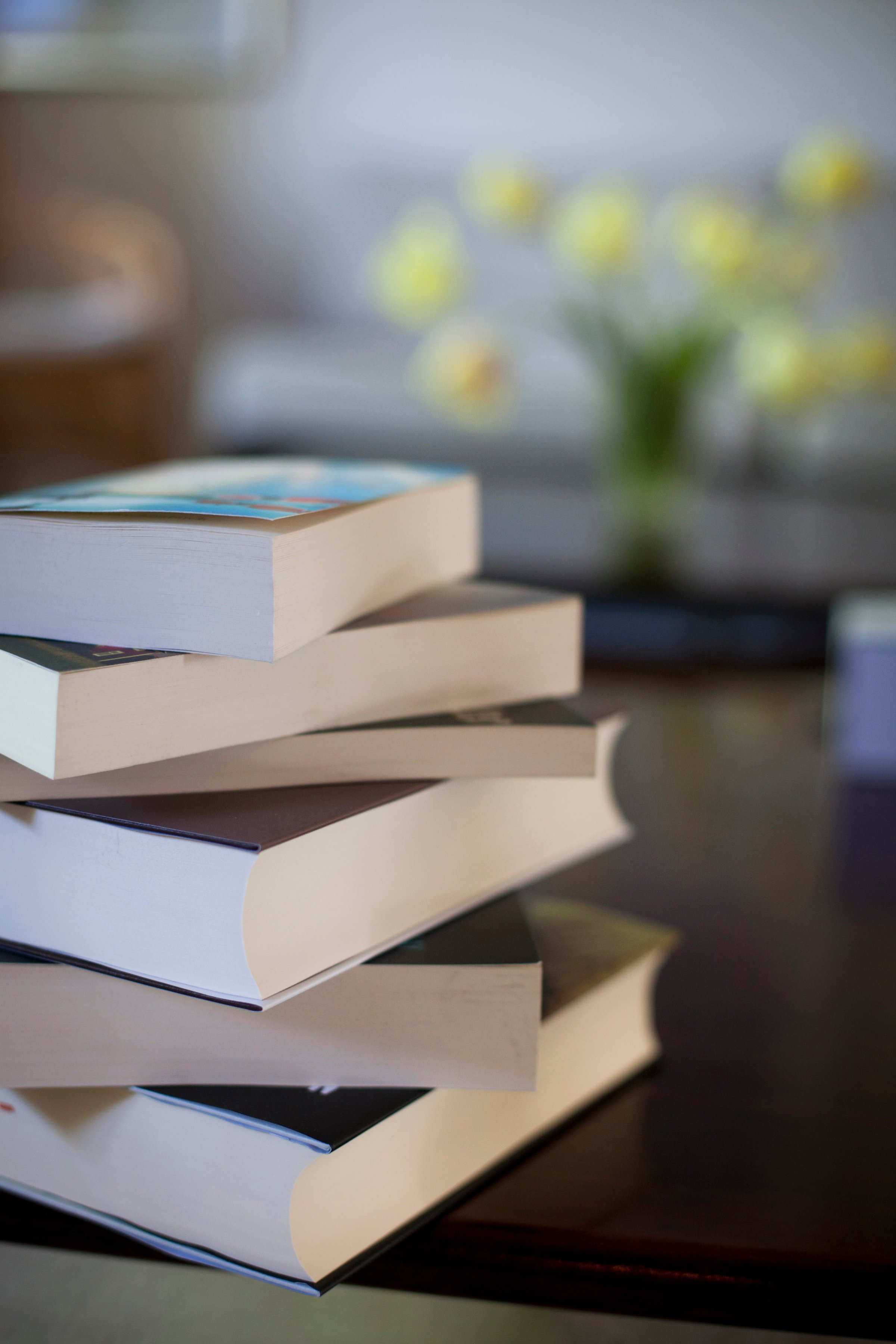

Back in 2012, I faced a conundrum. I write short fiction, and I wanted to get better at writing it. To do that I had to write, write, and write some more. But just as important was reading, reading, and reading a lot more. And I tried. But every time I thought about delving into one of the many science fiction and fantasy magazines at my disposal, or even reading compilations of the “best” stories that had been nominated for and/or won awards, my brain resisted.
Because every time I tried to get through a magazine, I would come across stories that I didn’t enjoy or that I actively hated or that offended me so much I rage-quit the issue. Go through enough of that, and you start to resist the idea of reading at all.
Then I thought: What if I only read stories by a certain type of author? Instead of reading everything, I would only look at stories by women or people of color or LGBT writers. Essentially: no straight, cis, white males.
Cutting that one demographic out of my reading list greatly improved my enjoyment of reading short stories. That’s not to say I didn’t come across bad stories or offensive stuff in stories or other things that turned me off. I did. But I came across this stuff far less than I did previously.
Limiting myself in this way also made me aware of how often certain magazines published whole issues in which no women or POC authors made an appearance. And pretty soon I didn’t even bother looking at those magazines when I went on my monthly search. When I ran out of known-to-me magazines, I went on the hunt and discovered several that published new-to-me writers and also a surprising number of magazines dedicated to under-heard voices.
I ended that year with a new understanding of what kind of fiction I enjoy most, what kind of writers are likely to write it, and how different the speculative fiction landscape looks when you adjust the parallax.
This past week, Sunili Govinnage wrote in The Guardian about her experience reading only novels by writers of color for a year. It’s a challenge she set herself at the end of 2013 inspired by a similar project by Lilit Marcus who read only books by women for a year.
Govinnage is a writer of color herself, yet she still learned a few things from the experience, including “just how white [her] reading world was.” Even when you’re coming from the viewpoint of a marginalized identity, the privileged view is everywhere and pervasive. It’s easy to buy into it without really knowing that you are.
It doesn’t help that most high-profile venues that exist to alert readers to new books and their worthiness are skewed heavily toward privileged voices. A few years ago, some best-selling women writers pointed out that the New York Times reviewed significantly more books by men than by women. The problem is not limited to the Times. Nor limited to just men vs women. If the majority of books being held up and pronounced Good and Worthy are by white, straight, cis men, it’s easy to slip into thinking that most good and worthy books are by authors that fit that description.
And, of course, that’s not true.
“Slowly but surely, the world is noticing that ‘meritocracy’ in the arts and entertainment industries is as fictitious as Westeros,” Govinnage says.
The “Reading Only X Writers For A Year” a challenge is one every person who loves to read (and who loves to write) should take. You could, like Lilit Marcus, read only books by women or, like Sunili Govinnage, read only books by people of color. Or you could choose a different axis to focus on: books by trans men and women, books by people from outside the U.S. or in translation, books by people with disabilities.
After a year of that, the next challenge would be to seek out books about or with characters that represent a marginalized identity or experience by any author. In addition to the identities listed above, I suggest: non-Christian religions or faiths, working class or poor, and asexual (as a start).
Whichever focus you choose, it will change the way you read and the way you go about picking things to read. When I settle in to read a magazine now, I read in order of stories I think I’ll like best. And if I do decide to read one by a new-to-me author who appears to be a straight, white, cis male, it’s usually because I trust the editor and the magazine. My reading sessions are filled with much less stress these days.
Are you up for this challenge? If so, I have some reading list seeds to get you started.
Women Writers
Writers of Color
Books in Translation
K. T. Bradford wrote this article for xoJane.
More Must-Reads From TIME
- The 100 Most Influential People of 2024
- Coco Gauff Is Playing for Herself Now
- Scenes From Pro-Palestinian Encampments Across U.S. Universities
- 6 Compliments That Land Every Time
- If You're Dating Right Now , You're Brave: Column
- The AI That Could Heal a Divided Internet
- Fallout Is a Brilliant Model for the Future of Video Game Adaptations
- Want Weekly Recs on What to Watch, Read, and More? Sign Up for Worth Your Time
Contact us at letters@time.com